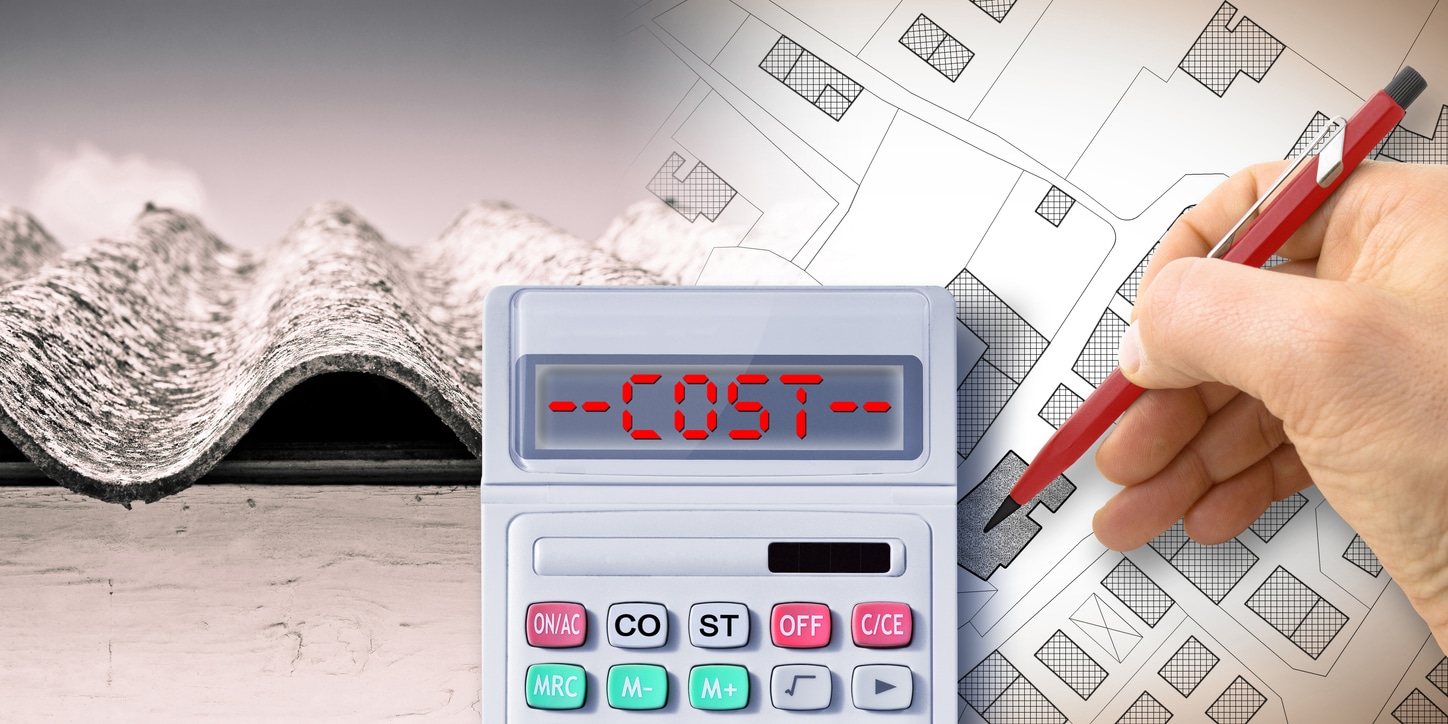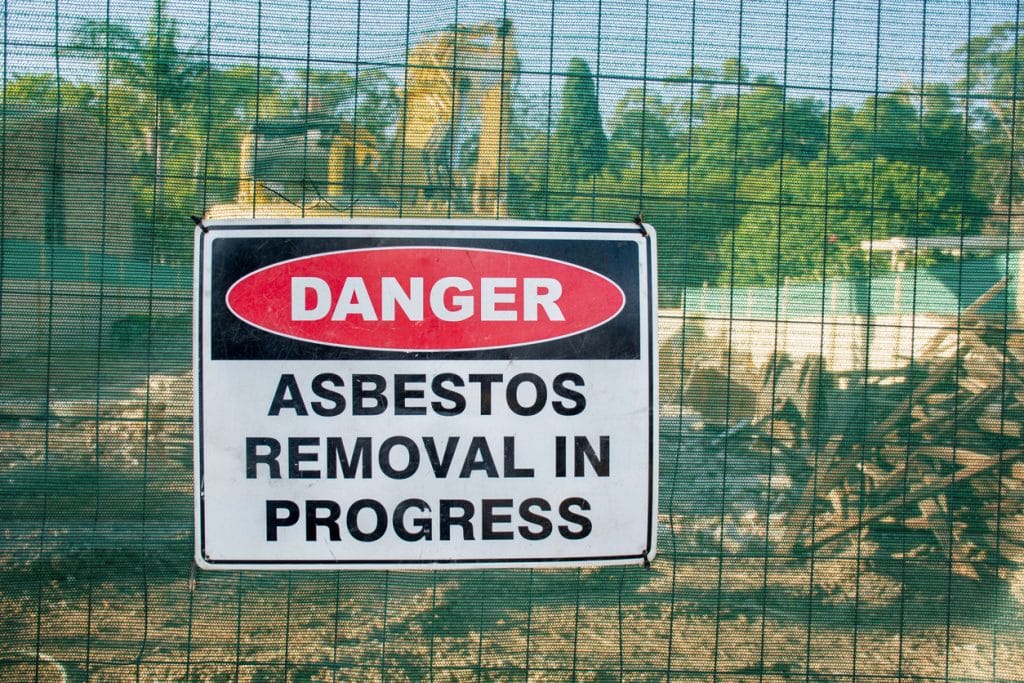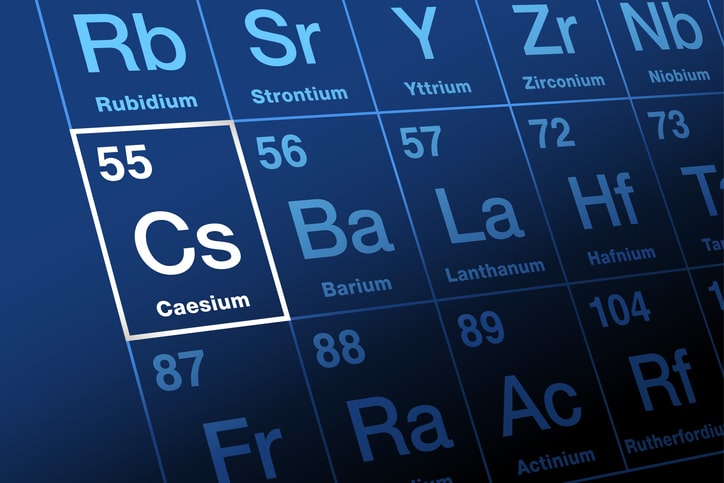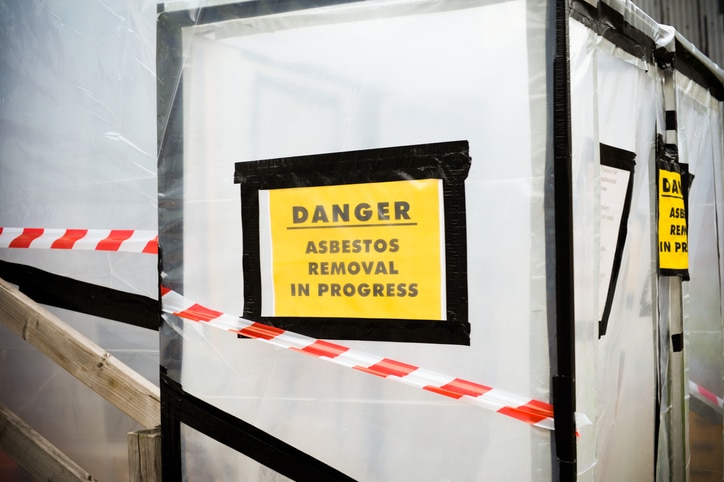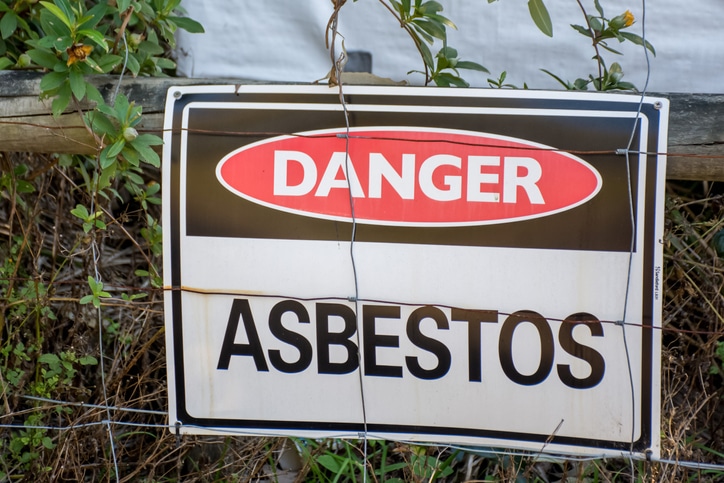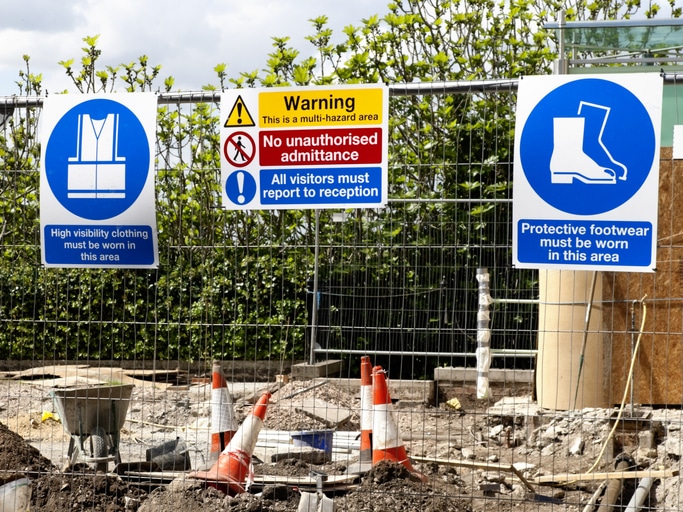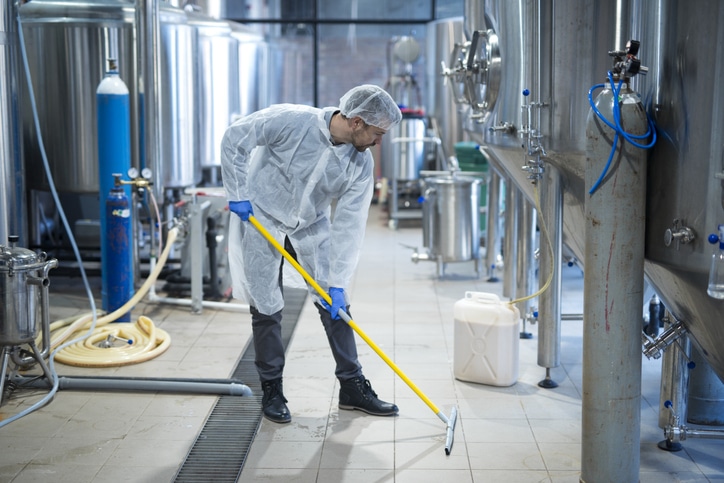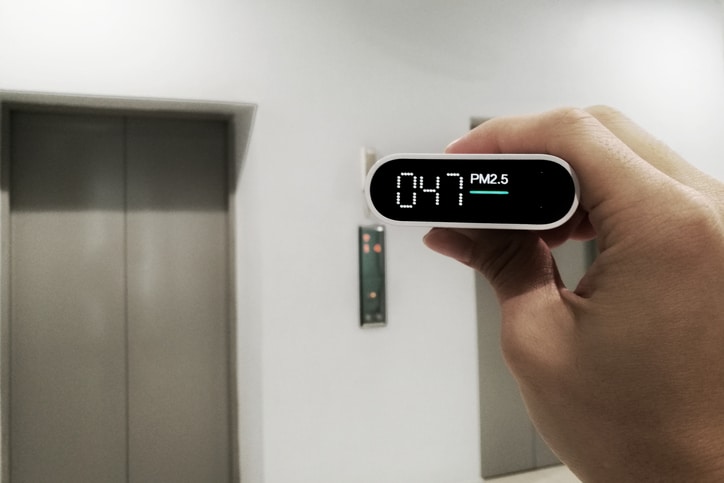
Ensuring the air we breathe is clean and safe is crucial for our health and well-being. Alberta Safety & Environmental Services prioritizes your safety by offering comprehensive air quality testing.
As your trusted hazardous materials consultant, we understand the importance of maintaining a healthy work environment, home or public spaces. Our team of experts is dedicated to identifying and addressing air quality concerns, ensuring you and your loved ones can breathe easily.
Why is Air Quality Testing Important?
We inhale thousands of breaths every day, which means the air around us significantly impacts our health. Poor air quality can lead to various health issues, from minor irritations like coughing and sore throats to more severe conditions such as respiratory infections and chronic diseases. Moreover, certain environments may contain hazardous materials, making air quality testing essential.
As a leading hazardous materials consultant, we specialize in detecting and mitigating risks associated with poor air quality. Our testing process identifies contaminants such as:
- Mould
- Asbestos
- Lead
- and other potentially harmful substances
By understanding what’s in the air, we can take steps to improve it, ensuring the health and safety of everyone in the space.
Our Air Quality Testing Process
Our approach to air quality testing is thorough and tailored to each client’s specific needs. We begin with a comprehensive assessment of your environment, using state-of-the-art equipment to collect air samples. Our team analyzes these samples in a certified laboratory, ensuring accurate and reliable results.
Once we’ve identified contaminants, we provide practical recommendations to improve air quality. This may include remediation services for hazardous materials, improving ventilation, or implementing air purification systems.
Our goal is to create a safe, breathing environment for everyone, and we’re committed to providing solutions that meet our clients’ unique needs.
The Benefits of Partnering with Us
Choosing Alberta Safety & Environmental Services as your hazardous materials consultant offers numerous benefits. Not only do we ensure your environment is safe from airborne contaminants, but we also help you comply with health and safety regulations. Our expertise and attention to detail mean you can have peace of mind knowing your air quality concerns are in capable hands.
Improved air quality can lead to better health outcomes, increased productivity, and a more comfortable living or working environment. By addressing air quality issues proactively, you can avoid potential health risks and create a safer, healthier space for everyone.
Breathe Easily in Alberta
Alberta Safety & Environmental Services is committed to ensuring safe breathing environments through professional air quality testing. As a trusted hazardous materials consultant, we provide comprehensive services to identify and address air quality concerns.
By partnering with us, you’re taking a significant step towards protecting your health and well-being and that of others. Remember, clean air is essential for a healthy life. Let us help you ensure that your environment’s air is safe to breathe.
Contact us today to learn more about our air quality testing services and how we can assist you in creating a healthier, safer environment.

